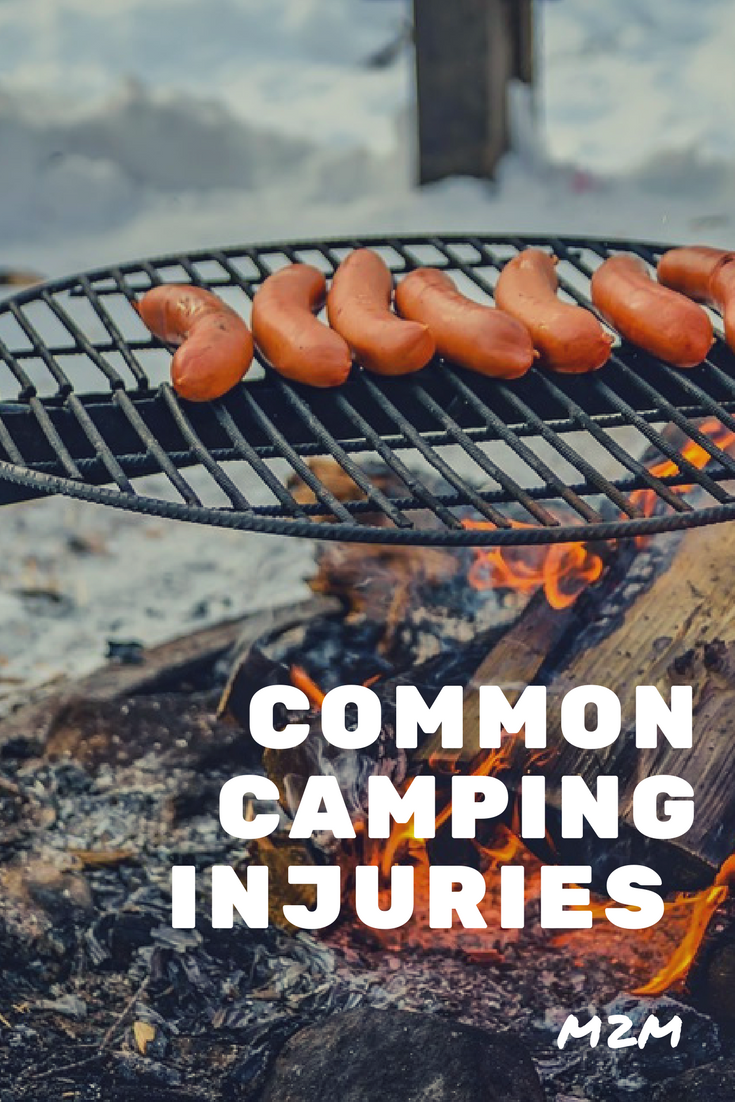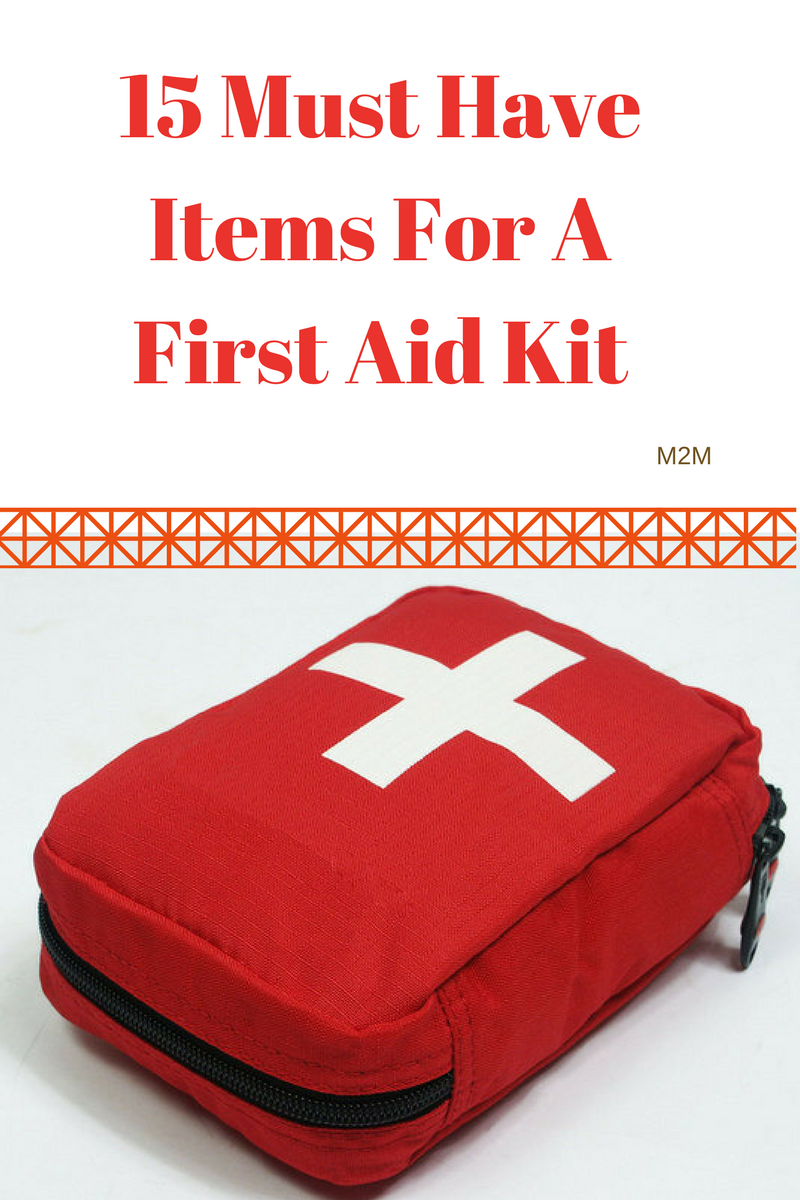Camping is a great activity and offers you the perfect getaway from a hectic routine. Camping makes a splendid family adventure and offers a fun-filled activity. Whether it is over the weekend or for a longer period, add a camping trip to your travel tips. Living outdoors with basic amenities, cooking your own food, and sleeping in tents is more adventurous than you could ask for. Not to mention the campfires and staring into the night sky with marvelous views that would take away all your stress and worries. Today, I’m going to share tips on common camping injuries.

While camping is a great activity and gives you a break from your routine life, it also exposes you to certain threats and dangers. Therefore, it is necessary to exercise reasonable precaution while you are camping to avoid discomfort and to maximize your enjoyment. If you are camping with your family, you are not only responsible for your safety but also for your family. Kids would play around and can often expose themselves to dangers, which is why you need to ensure their safety.
You always need to carry first aid kits that can come in handy under dire circumstances, but understanding the risks and dangers you are exposed to would help in taking necessary precautions. Some of the most common camping injuries and ways to avoid them are:
Burns
If you are not an experienced camper, you are bound to get burned a few times before you actually learn to start a campfire. Campfires certainly do not operate as your conventional stove, which has a gas controller. Therefore, you cannot control the flow of the flames and need to be cautious. Avoid placing the campfire too close to the tents or to other flammable stuff. When you sit around the fire, always sit in the opposite direction of the wind. Strong winds can direct the heat right towards you which can cause skin burns, choking, watery eyes, and discomfort. Second, when you start a campfire, do not add a lot of firewood immediately; let the fire settle in and add extra wood gradually to control the flame.
Cuts and bruises
The most common injury on camping trips is cuts and bruises, if you are camping in a mountainous region with uneven grounds. When you are traveling with heavy backpacks, you might lose your footwork easily on uneven grounds that can cause bruises and cuts. While you go on a camping trip, always wear adventure gear and long boots to give your feed added protection and stability on slippery surfaces.
You also need to be careful while setting up the tent, handling sharp objects, and collecting firewood, as they carry the risks of being cut. Keep bandages and ointments for emergency and disinfectants to apply on wounds. For serious cuts, seek immediate medical help
Sprains and Fractures
Add slips and falls to the list of common camping injuries. Slips and falls are likely when you are camping in uneven terrains or slippery surfaces. If you are camping in such regions or during rainy seasons, you can easily slip and sprain your leg. In worse scenarios, slip and fall can result in severe injuries, which would incapacitate you during the trip. Camping activities are supposed to be enjoyable and if you hurt your leg or sprain your ankle, it would be difficult to move around.
You always need to keep analgesics and wearable supporters for such situations. Moreover, you need to be extra careful in slippery areas. If you slip and injure yourself, do not put pressure on the affected area and seek immediate medical help. Often, what might seem like a sprain can turn into a severe fracture, which can only be confirmed by an x-ray. Therefore, always seek medical help immediately after you incur an injury.
Now that most physicians have incorporated telemedicine into their practice, you can contact them using your smartphone or laptop.
Bug Bites
Bug bites are on the list of common camping injuries. While camping is fun and adventurous, it can expose you to various bugs and insects that dwell in the wilderness. Bug bites such as mosquito bites can lead to complex health problems and would waste your trip. You need to be careful while you sleep as bugs often approach during nighttime. Keep bug repellant sprays with you and anti-bug body lotions; apply as and when required, especially during the night when bugs are highly active. Bug bites can cause you quite discomfort; mostly commonly itchiness. Certain bug bites are poisonous and require immediate attention to lower the risks of severe health conditions. If you are bitten by a bug and feel irritation, contact the closest doctor immediately.
Skin Ailments
Your body can have various reactions to the atmosphere and weather conditions. If you have a sensitive skin, you are likely to face some sort of allergy and skin problems. Unfortunately, they can ruin your trip and turn it into an unpleasant venture. If you understand your allergies and understand your skin ailments, keep necessary medications, skin ointments to mitigate the risks of skin rashes and irritation.
These simple tips can help your discomfort during your overnight camping adventure and would allow you to make the most out of your trip. Always carry generic, over-the-counter medicines and painkillers for quick relief from the above conditions. Other critical injuries involve snake bites that are poisonous and can be lethal. In case of snake bites, never try to suck out the poison nor cover the wound. Relax and seek immediate medical help as snake bites can only be treated by an antidote.
We hope that you will use our list of common camping injuries to prepare and hopefully avoid them on your next camping trip.
About the author: James Smith is a survivalist, who loves to write about survival skills and techniques. You can follow him at @JamesSmith1609





